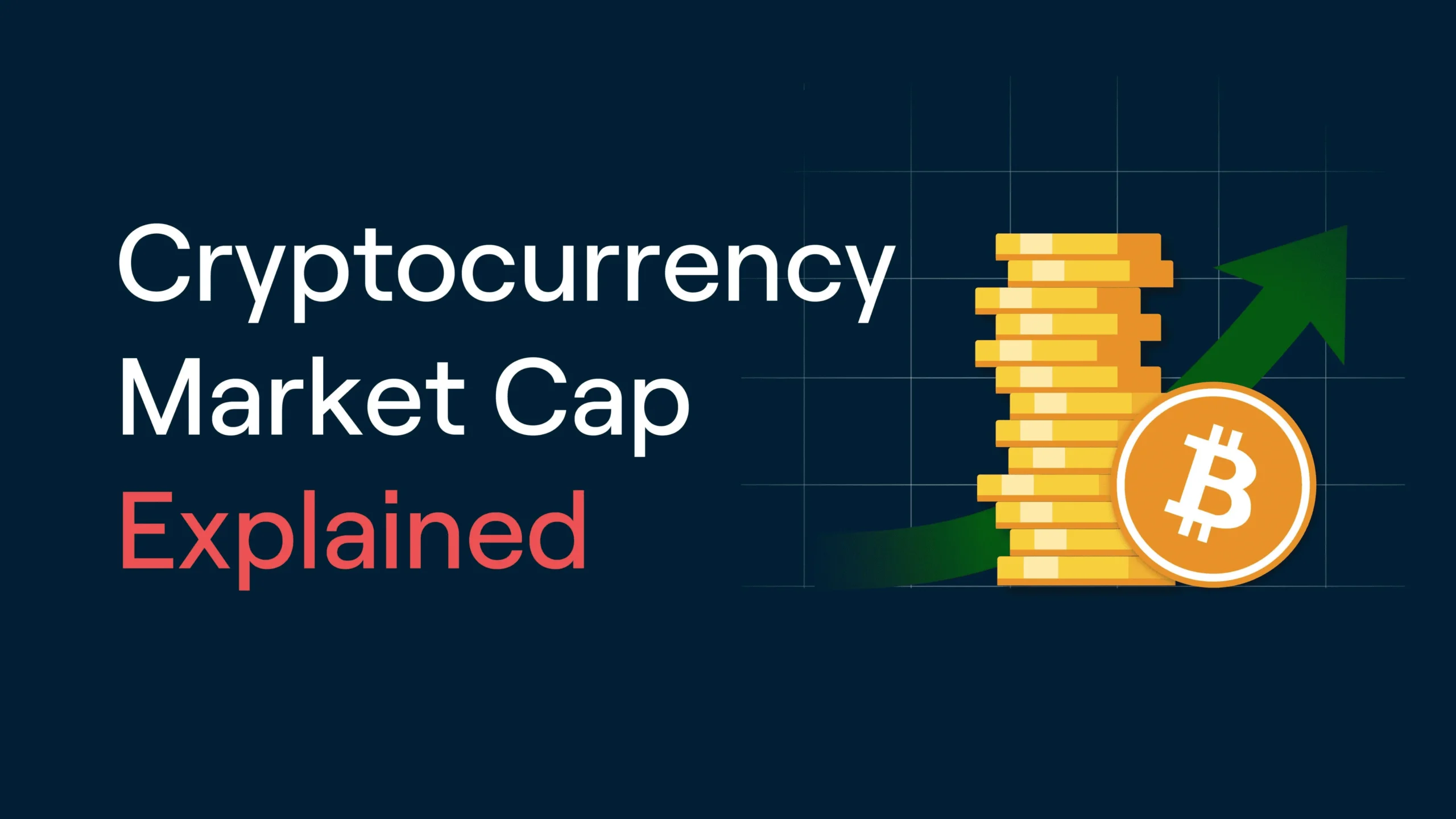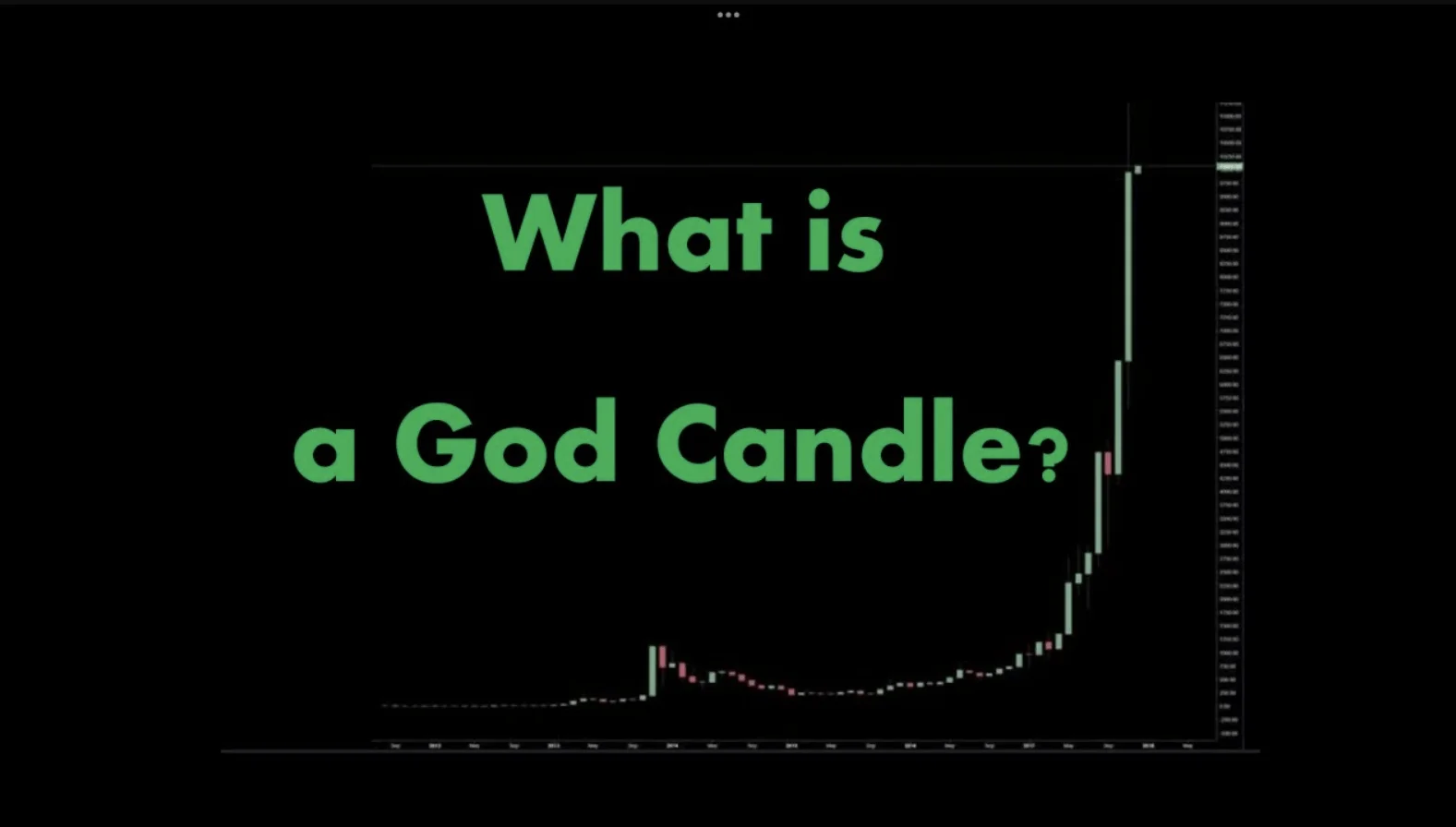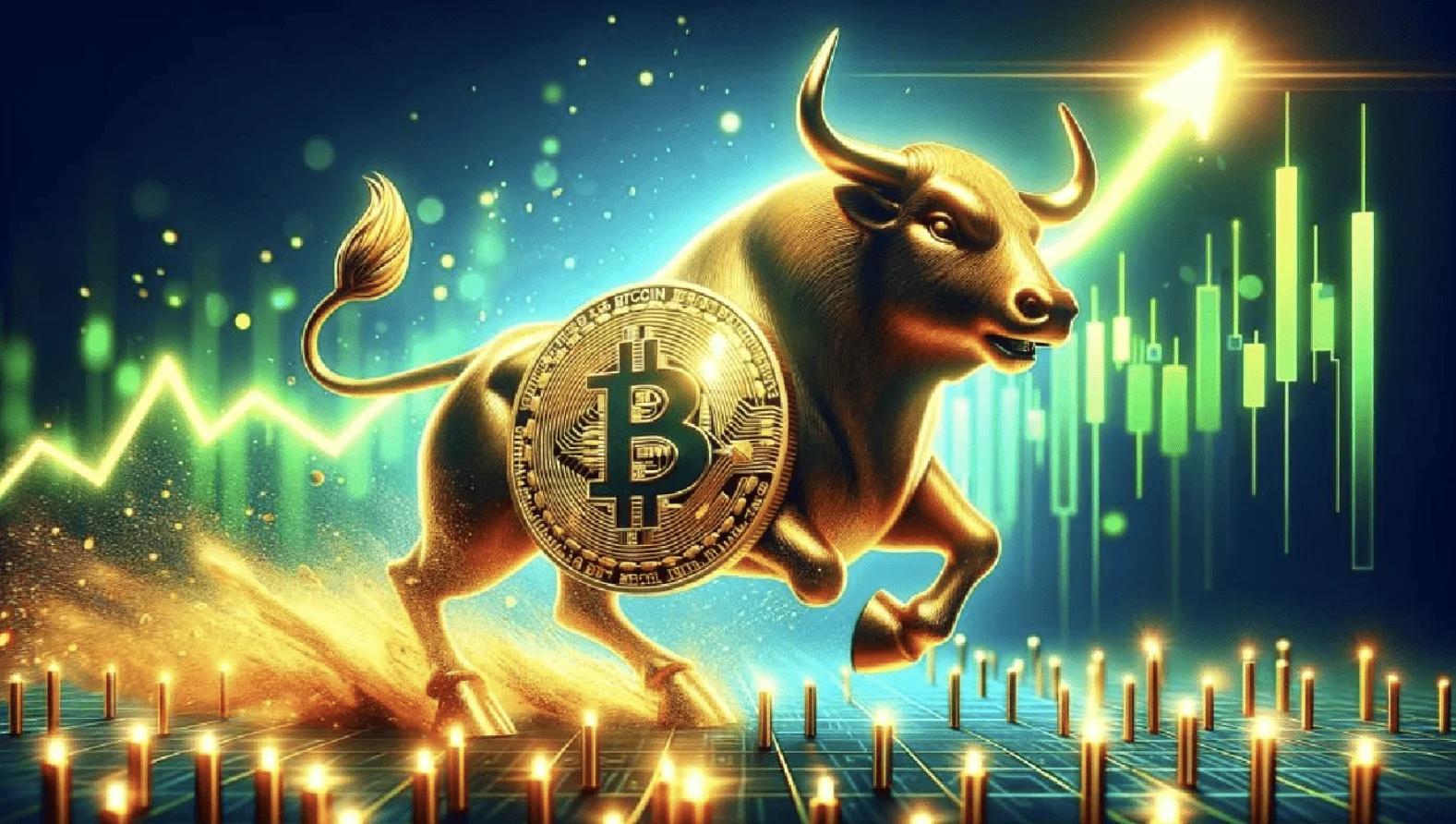TL;DR: What is Market Cap In Crypto
- Market Cap is Key: Market cap of a cryptocurrency, calculated by multiplying the current price by the total number of coins in circulation, is essential for understanding a cryptocurrency’s total value.
- Big Picture Indicator: High market cap indicates stability and acceptance in the crypto market, helping investors gauge the size and health of crypto assets.
- Risk and Strategy: Market cap plays a crucial role in investment decisions, guiding investors in assessing risk and potential growth, especially when comparing cryptocurrencies by market cap.
- Market Cap vs. Coin Price: Unlike the price of a single unit, market cap allows a better comparison across the cryptocurrency market, showing the relative size of cryptocurrencies like Bitcoin.
- Categories Matter: Cryptocurrencies are categorized by market cap into large-cap (over $10 billion), mid-cap, and small-cap, each indicating different levels of risk and growth potential.
What is Market Cap in Crypto?
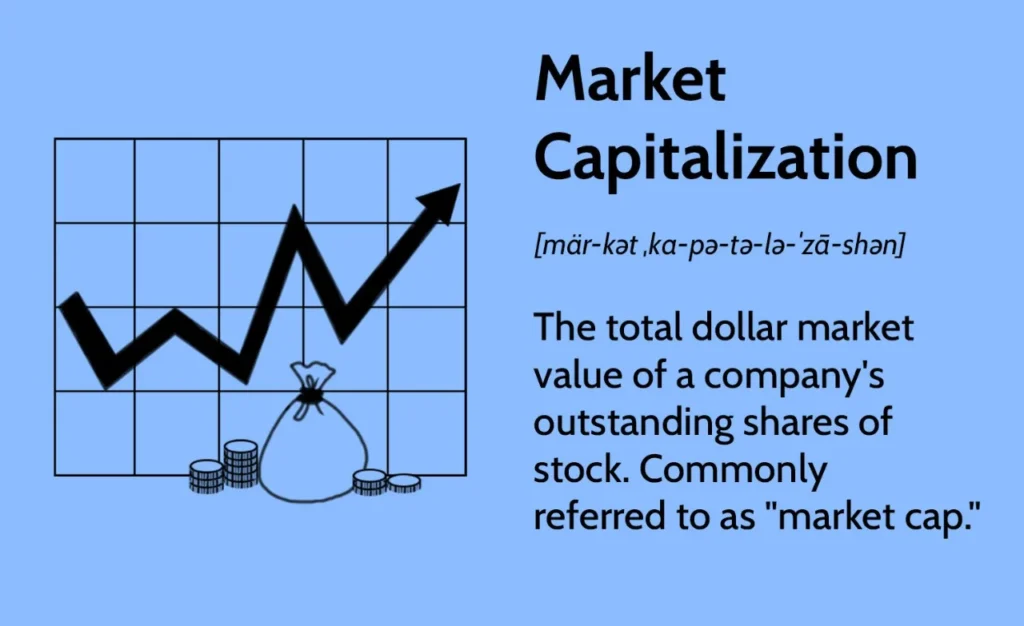
Definition and Significance
Market cap in crypto, short for market capitalization, is a metric showing the total value of a cryptocurrency. It helps us understand a crypto’s size in the market.
Think of it as a way to see how big or small a crypto is compared to others. This number helps investors figure out how much a coin is really worth and if it’s a good choice for their money.
Calculating Market Cap
To find a cryptocurrency’s market cap, just multiply the current price of one coin by the total number of coins out there.
For example, if Bitcoin has a current price of $50,000 and there are 18 million bitcoins in circulation, the market cap of Bitcoin would be $50,000 times 18 million, which equals $900 billion. This calculation gives investors a clear picture of Bitcoin’s total market value.
Also read: What Is a Transaction Hash? Understanding Its Role in Cryptocurrency Transactions
Categories of Market Cap in Crypto
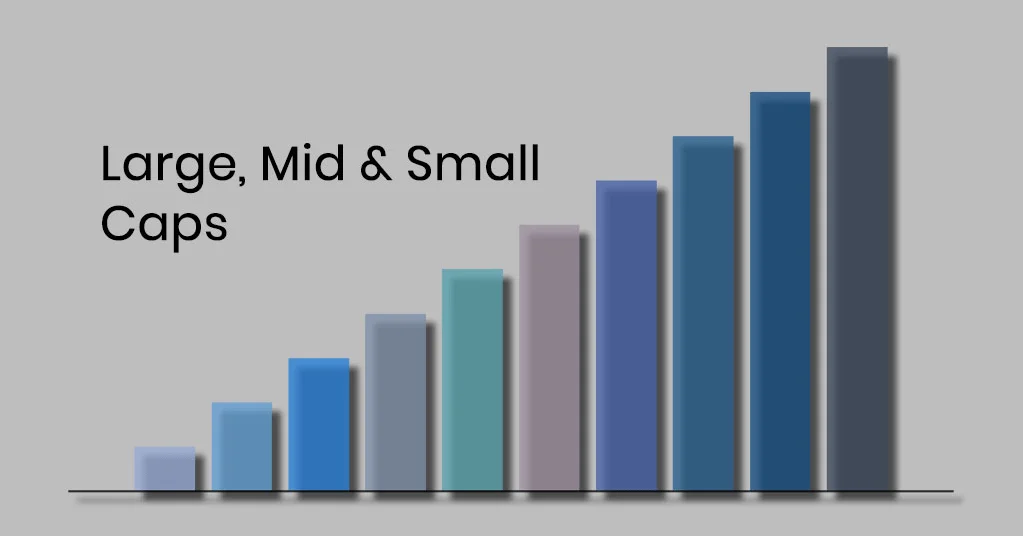
Cryptocurrencies fall into different buckets based on their market cap, much like categories. This helps us see which are the big fish and which are still growing.
- Large-cap cryptocurrencies: These are the giants in the crypto world, with a market cap over $10 billion. Think of Bitcoin and Ethereum. They’re seen as safer because they’ve been around and have a proven track record.
- Mid-cap cryptocurrencies: These have a market cap between $1 billion and $10 billion. They’re like the middle children, offering a mix of risk and potential for growth. They might not be as stable as the big ones but can bring in big returns if things go well.
- Small-cap cryptocurrencies: With a market cap below $1 billion, these are the newcomers or the underdogs. They come with more risk because they’re smaller and can see big price changes fast. But with high risk comes the chance for high rewards if you pick a winner.
Understanding market cap in crypto helps investors make smarter choices by showing them the size, value, and potential growth of different cryptocurrencies.
The Importance of Market Cap for Crypto Investors
Market cap isn’t just a big number. It’s a key tool for anyone looking to dive into the crypto market. This figure can tell you a lot about a coin without getting lost in the details. Let’s find out why it’s such a big deal for crypto investors.
Why Market Cap Matters
Market cap is like the heartbeat of the cryptocurrency world. It gives you a quick health check on a crypto.
A higher market cap means a crypto is more stable and less likely to be jolted by the market’s ups and downs. This makes it a go-to metric for investors wanting to gauge a coin’s strength in the busy crypto market.
Also read: Exploring the Two Types of Stablecoins: A Comprehensive Guide
Market Cap vs. Coin Price
Understanding the difference between market cap and coin price is crucial. The price of a coin tells you little on its own, but the market cap reveals the bigger picture. Here’s a simple table to break it down:
| Aspect | Market Cap | Coin Price |
|---|---|---|
| What it Shows | The total value of all coins in circulation. | The cost of a single coin. |
| Importance | Gives a snapshot of the coin’s overall market strength. | Can be misleading without context. |
| Investor Insight | Helps assess the stability and size of the cryptocurrency. | Shows how much you need to spend per coin. |
This table shows why market cap is a better metric for understanding a coin’s place in the market than just its price.
Using Market Cap to Assess Investment Risk
Market cap can also be a flashlight in the dark, helping you see the risks ahead. Generally, cryptocurrencies with larger market caps are seen as safer investments.
They’ve been around the block, proven their worth, and have a wider acceptance. On the other hand, smaller market caps might mean bigger gains, but they come with a higher risk of loss.
By checking out a coin’s market cap, you can make more informed choices on where to put your money in the vast world of cryptocurrency.
Advanced Insights on Market Cap
Diving deeper into market cap opens up new ways to understand the crypto world better. This part of our chat will cover what moves market cap numbers, how it shapes investment strategies, and how to steer clear of common mix-ups about it.
Factors Influencing Market Cap
Several key factors can change a cryptocurrency’s market cap. Here’s the rundown:
- Circulating Supply: This is all about how many coins are out there for trading. A big change in this number can move the market cap a lot.
- Token Price: As the price of each token goes up or down, so does the market cap. It’s all about the current market price times the circulating supply.
- Trading Volume: This shows how much of a crypto is being traded. High trading volumes can mean a stable or growing market cap, while low volumes might point to risks.
- Market Sentiment: How people feel about a crypto can affect its price and, in turn, its market cap. Good news can boost it, bad news can drop it.
Understanding these factors can help investors see why a market cap might change and what it means for their investments.
Market Cap and Investment Strategy
Market cap isn’t just a number; it’s a tool for making smarter investment choices. Here’s how:
- Risk Assessment: Big market caps, like those over 10 billion, usually mean less risk. They’re from cryptos that have been around and are widely trusted.
- Growth Potential: Looking at mid-cap and small-cap cryptos can show where the growth chances are. They might be riskier, but they also might bring bigger rewards.
- Diversity: Using market cap to pick a mix of large, mid, and small cap cryptos can make a portfolio more balanced.
Thinking about market cap helps investors build a strategy that matches how much risk they want to take and what they hope to get back.
Navigating Market Cap Misconceptions
There are some wrong ideas about market cap out there. Let’s clear those up:
- Bigger Always Better?: Not always. A big market cap means a crypto is big and stable, but not always that it’s the best investment.
- High Price = High Cap?: Nope. Market cap is about the total value, not just the price of a single coin. A high-priced coin might have a low market cap if there aren’t many coins out there.
- Steady Cap Means Steady Growth: Market cap can go up and down fast because of market dynamics. It gives a snapshot of value, not a promise of growth.
Getting these insights right helps investors use market cap the right way: as a guide to making informed choices, not the only thing they look at.
Conclusion
In the fast-moving world of cryptocurrency, understanding the value of cryptocurrency through its market cap is crucial for making informed investment decisions. Market cap offers a snapshot of a cryptocurrency’s total value, calculated by multiplying the current price by the total number of coins in circulation.
This metric is key in evaluating the relative size of a cryptocurrency, like Bitcoin, and its position within the broader cryptocurrency market.
Whether you’re looking at large-cap cryptocurrencies with market caps in the billions or exploring the growth potential of smaller, mid-cap cryptos, market cap serves as a vital guide. It helps investors navigate the crypto journey, assess risks, and seize opportunities in the ever-evolving blockchain landscape.
Remember, a well-informed decision is the cornerstone of successful investing in the digital currencies space.
